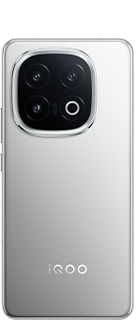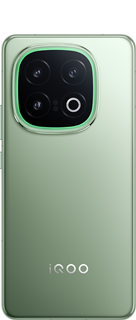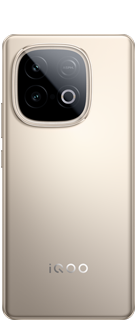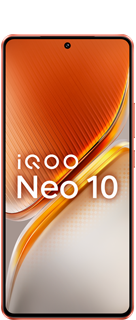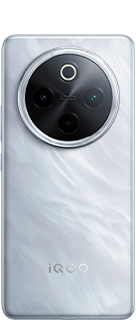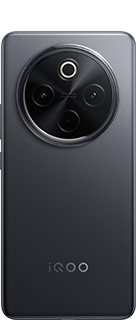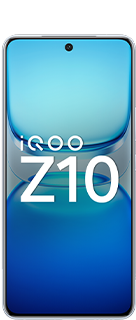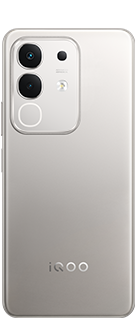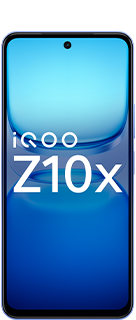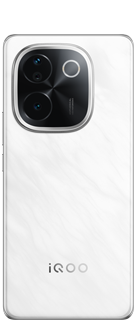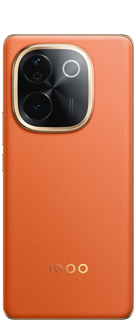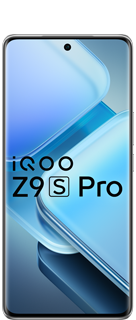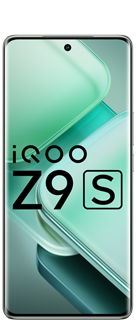Higher Megapixels vs. Higher Sensor Size: What's Better for Photography?
In the world of photography, the debate between higher megapixels and larger sensor sizes has been a topic of discussion among enthusiasts and professionals alike.
Both play a significant role in determining image quality, but their contributions are fundamentally different. Understanding their impact can help you make an informed choice when selecting a camera.
What Are Megapixels?
Megapixels (MP) refer to the resolution of a camera's image sensor, indicating how many millions of pixels the camera can capture. For example, a 12MP camera captures images with 12 million pixels.
More megapixels mean higher resolution, allowing for more detail and better results when cropping or printing large images.

What Is Sensor Size?
The sensor is the physical hardware inside the camera that captures light. Larger sensors can capture more light, resulting in better image quality, especially in low-light conditions. Common sensor sizes include full-frame, APS-C, and Micro Four Thirds, among others.

Key Differences
1. Image Quality
Higher Megapixels: Useful for capturing fine details, particularly in well-lit conditions. Ideal for landscapes, studio photography, and any scenario requiring large prints.
Higher Sensor Size: Larger sensors excel in dynamic range and low-light performance. They produce better color accuracy and reduced noise, offering superior quality in challenging lighting.
2. Low-Light Performance
Higher Megapixels: Struggle in low light if the individual pixel size is small because they gather less light.
Higher Sensor Size: Larger sensors have bigger pixels, allowing them to collect more light and deliver superior low-light performance.

3. Depth of Field
Higher Sensor Size: Larger sensors allow for shallower depth of field, creating more pronounced background blur (bokeh), which is desirable for portrait photography.
4. File Size and Processing Power
Higher Megapixels: Generate larger files, requiring more storage and processing power. This can slow down burst shooting and post-processing.
Higher Sensor Size: Typically produce smaller file sizes than a camera with excessive megapixels, making them easier to handle.
5. Versatility
Higher Megapixels: Beneficial for commercial use, where cropping and ultra-high resolution are priorities.
Higher Sensor Size: Versatile for various photography styles, including portraits, sports, and astrophotography, due to better light-handling capabilities.

Which Is Better?
The choice between higher megapixels and a larger sensor size depends on your photography needs:
Go for Higher Megapixels if you require exceptional detail, print large photos, or work in controlled lighting.
Opt for a Larger Sensor if you need better low-light performance, dynamic range, or versatility across various scenarios.
Conclusion
While higher megapixels can enhance image resolution, a larger sensor often provides better overall image quality.
Ideally, a balance between the two is best, but if forced to choose, prioritize sensor size for superior performance in real-world shooting conditions.
After all, photography is about capturing the light — and the bigger the sensor, the more light you can work with.
Please sign in
Login and share

